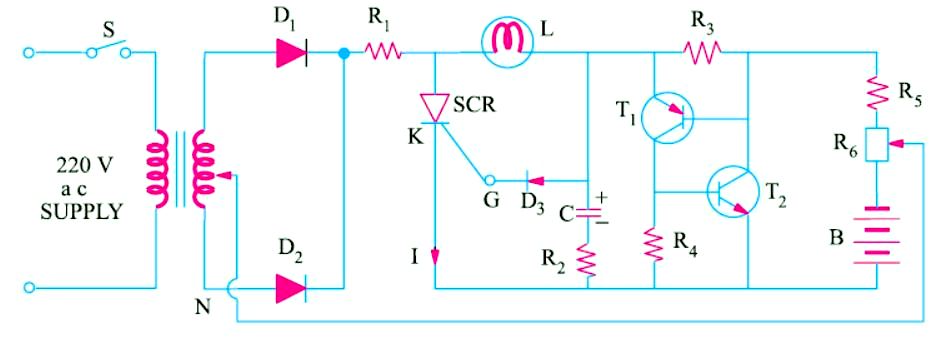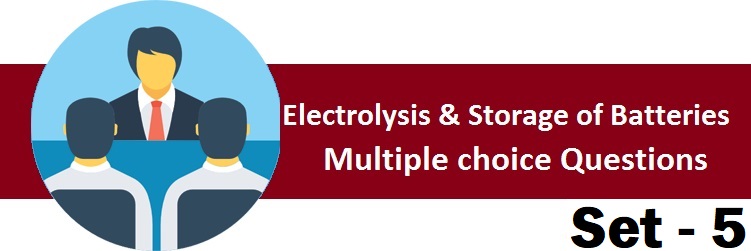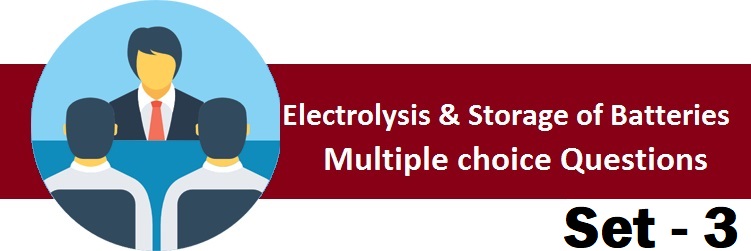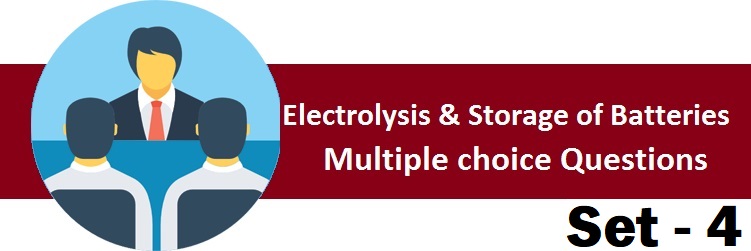Automobile Battery Charger Using Full-wave Rectifier
The battery charger shown in Figure A is used to recharge run-down lead-acid batteries in automobiles without removing them from their original mountings and without any need for constant attention (Automobile Battery Charger Using Full-wave Rectifier). When the battery is fully charged, the circuit automatically switches from charging current to trickle charging and an indicator lamp lights up to provide a visual indication of this condition.

As shown in Figure A, diodes D1, and D2 form a full-wave rectifier to provide pulsating direct current for charging the battery. The battery is charged through the SCR which is also used as switch to terminate the charging process when the battery becomes fully charged. The two transistors T1 and T2 together form an electronic switch that has two stable states i.e. the ON state in which T1 and T2 conduct and the OFF state in which T1 and T2 do not conduct. The ON-OFF state of this switch is decided by the battery voltage and setting of the “current adjust” potentiometer R6.
AdBlock-2
Working
When switch S is turned on, the full-wave rectified output of D1 and D2 charges capacitor C through R1, lamp L and R2. In a very short time, capacitor voltage rises high enough to make diode D3 conduct the gate current thereby triggering SCR into conduction during each half-cycle of the output voltage. Hence, full charging current is passed through the cathode K of the SCR to the positive terminal of the battery whose negative terminal is connected directly to the center tap of the stepdown transformer. Resistor R1 limits the charging current to a safe value in order to protect the rectifier diodes D1 and D2 in case the load happens to be a “dead” battery.

When the battery is being charged and has low voltage, the two transistors T1 and T2 remain in the non-conducting state. However, when the battery voltage rises and finally the battery becomes fully-charged, the two transistors T1 and T2 (which form a regenerative switch) are triggered into conduction at a point set by R6. In this way, T1 and T2 provide a low-impedance discharge path for C.
Hence, C discharges through R2 and the T1 − T2 switch, thereby cutting off the gate current of the SCR which stops conducting thereby terminating the battery charge. Thereafter, small trickle charge current keeps on flowing into the battery via L and the regenerative switch formed by T1 and T2. A glowing lamp L indicates that the battery is under trickle charging.
Figure B shows the same circuit as shown in Figure A except that the two-diode full-wave rectifier has been replaced by a full-wave bridge rectifier using four diodes.
Read article – lead-acid batteries
Visit NCERTplanet.com for NCERT solutions and Textbook downloads




